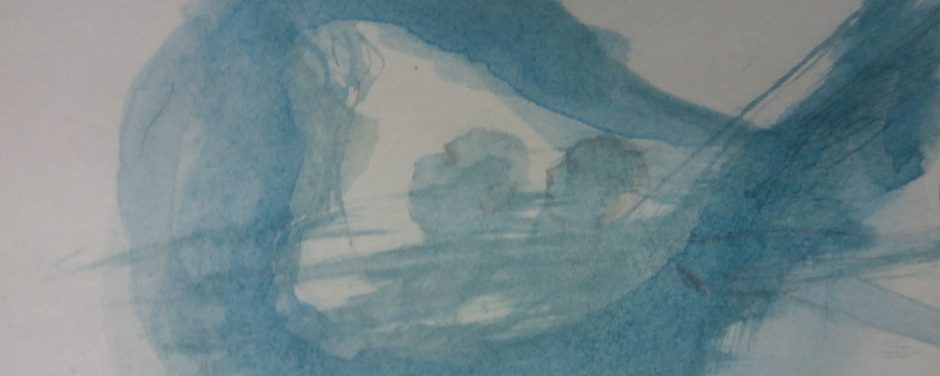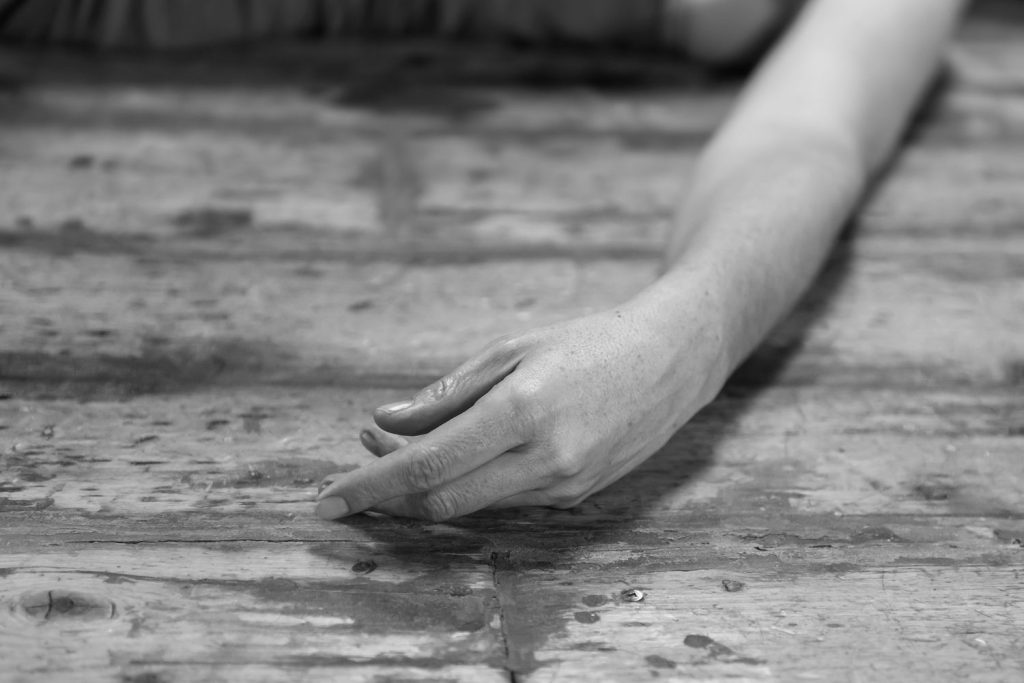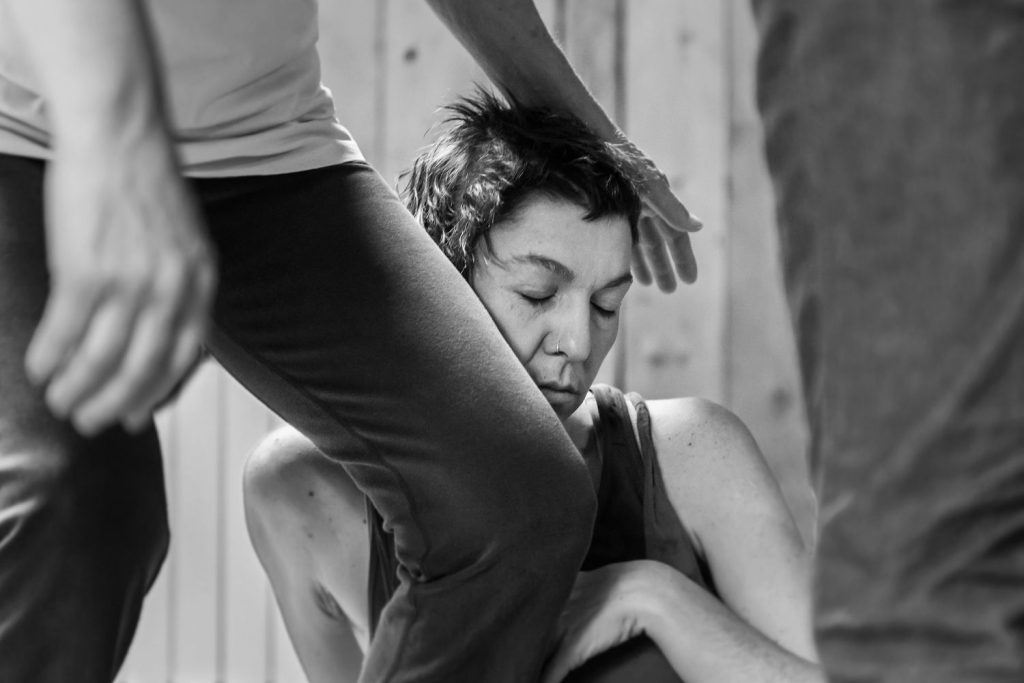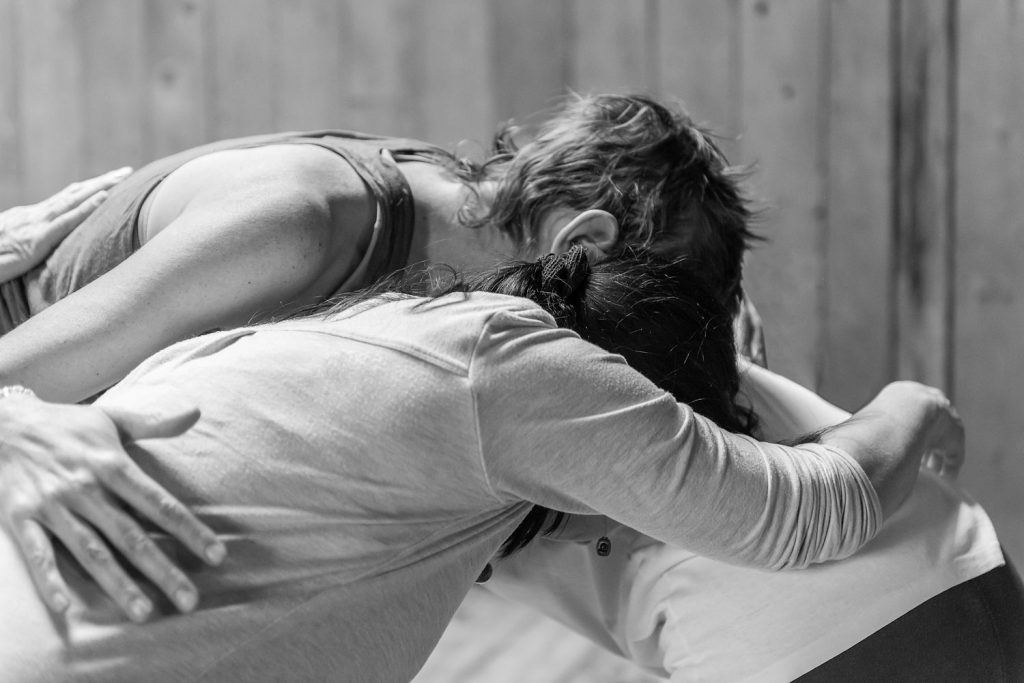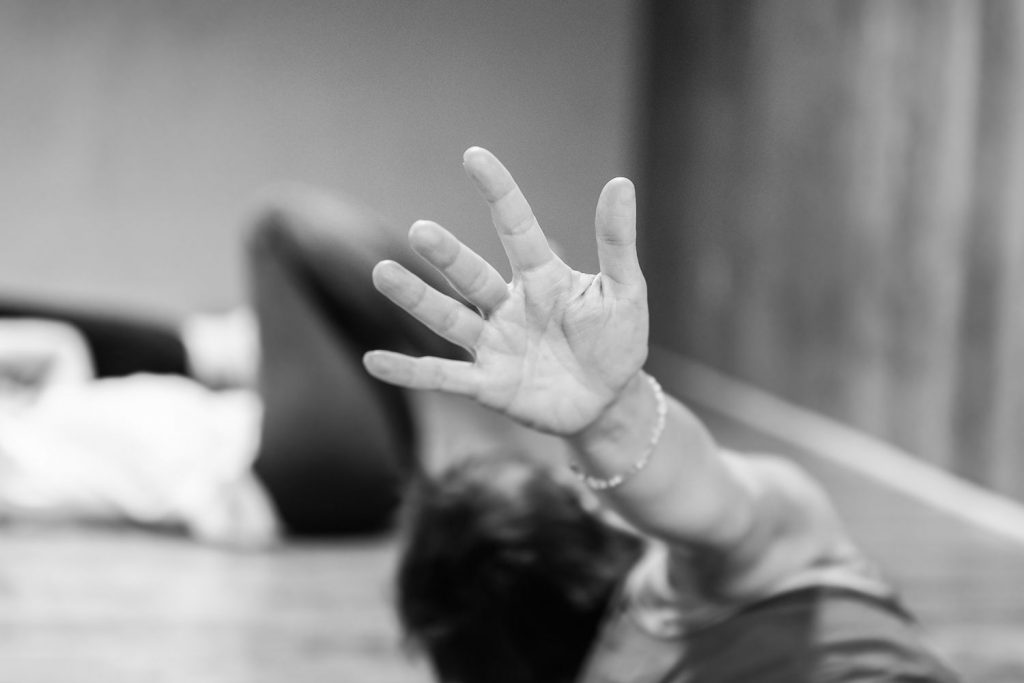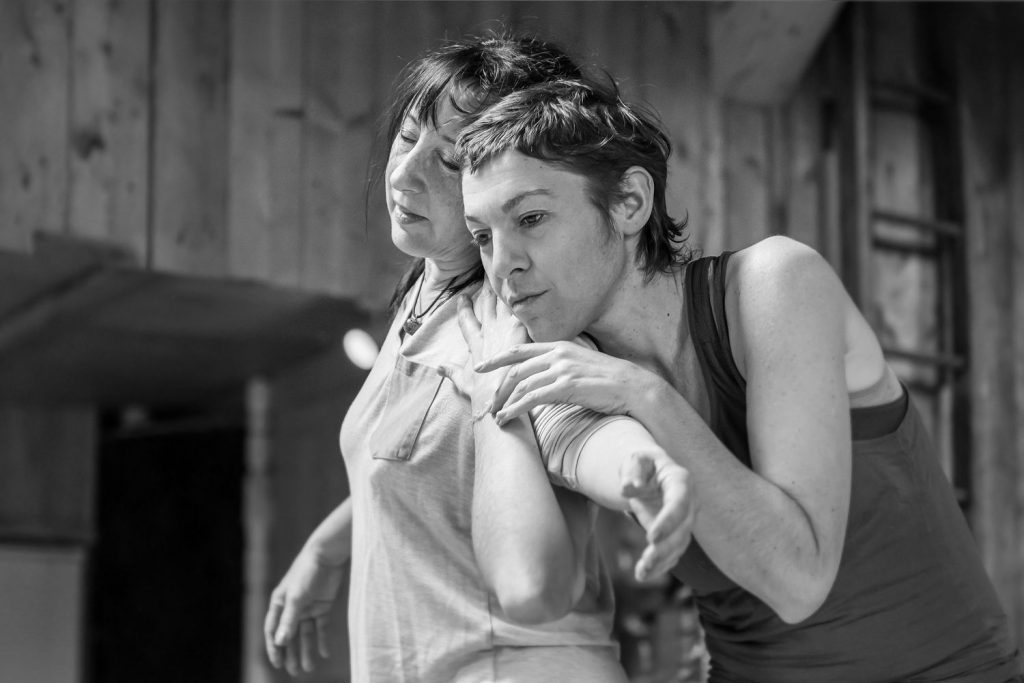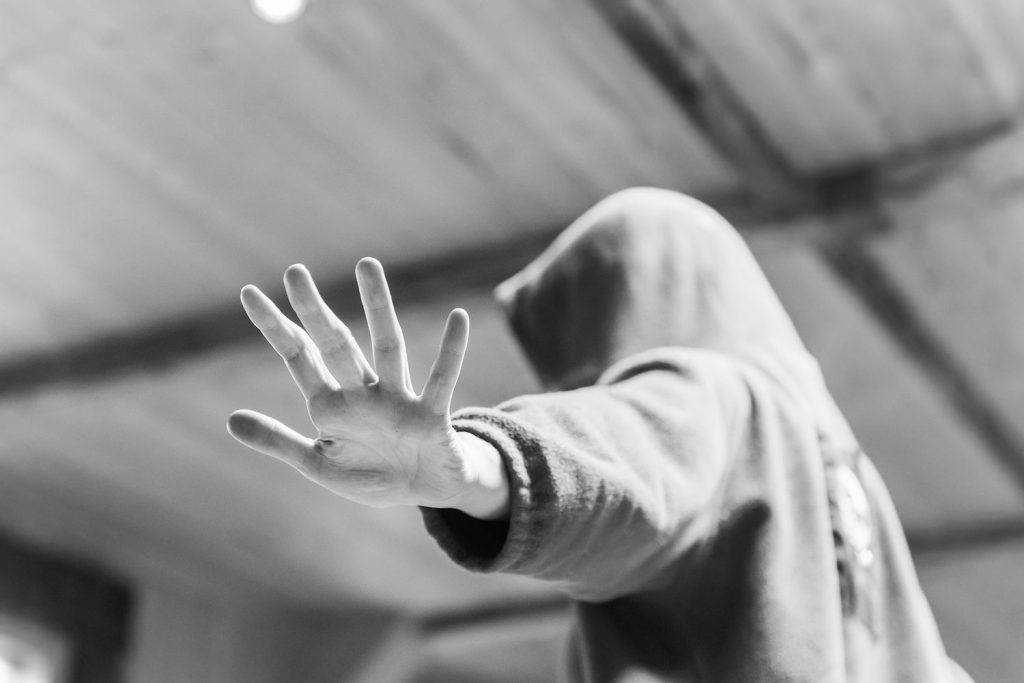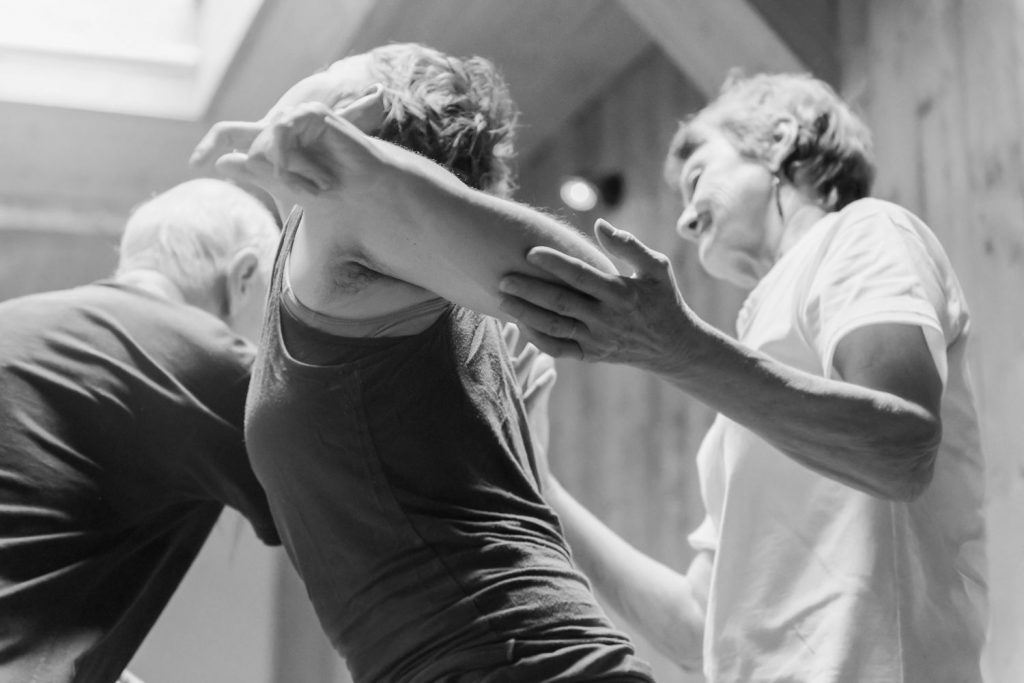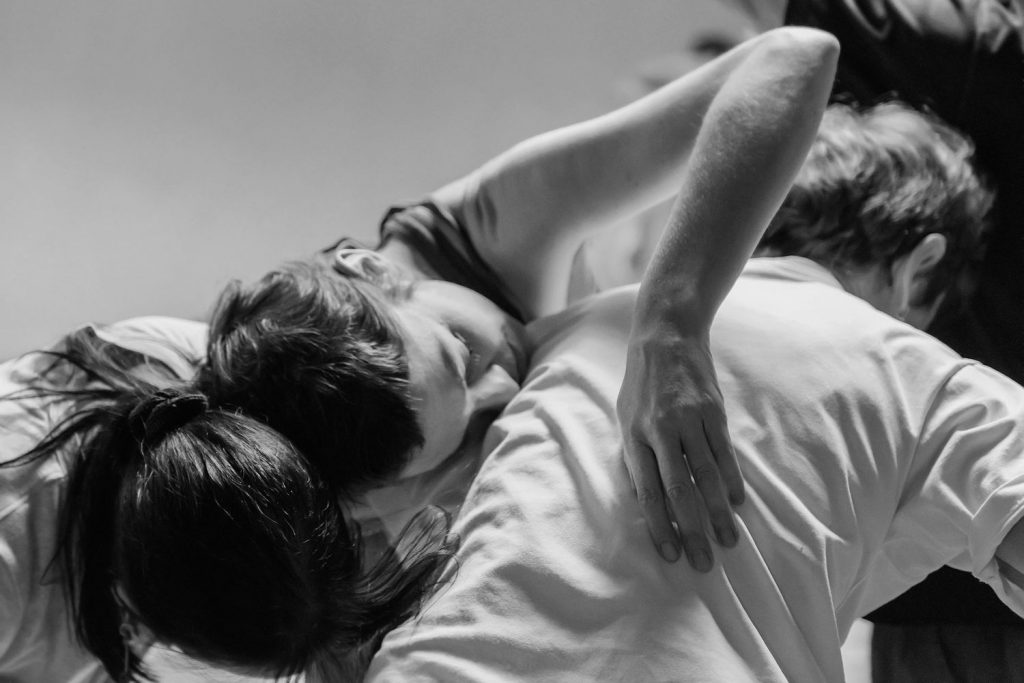- Présences improvisées, avec Nicole Laudouar, photographie de Anne Laudouar
- EeRteT, présenté à Mur.at 2017, puis à Toghering Lab, BandWitch, 2018
- Les cèdres de l’ile au massacre, préparé pour ComodecirNosotrxs, Mexico, 2017
- L’amour est dans la sève, Eros numen, Montréal, 2016
- Orbital Resonnance, présenté à Concordia, Black Box, Montréal, 2014
- Champs opératoires, présenté à BanditMage, Nantes, France, 2014
- Com2x.com, présenté au Perystil nomade, Montréal, 2012
- The Negotiation Of Contributions in Public Wikis, présenté au gonzo Lab , New York, 2010
Présences improvisées, 2019
Atelier de Nicole Laudouard, photographie de Anne Laudouard,
EeRteT, 2018
Earthien Encounters
¤
Rencontres Terrestres
¤
Encuentros Terrestres
¤
We are scattered on several continents.
We belong to the same planet.
We live on the solid part of the globe , in cohabitation with millions of minerals, organisms, animals and plants.
We connect with the tertres, the telluric movements, the choreographies of the territories.
We listen to their calls, their parties, their songs, their reorganizations.
We care about what humans are doing and neglecting on this earth.
We sometimes feel tertres, mounds of earth covering a burial place,
tumuli of accumulated stories, hummus of the past and of tumults to come.
We know about a few places of birth and coming back to life.
It is in these sacred spaces, with telluric fragrances,
that we will pause for a moment, for the time of a dance,
& the time to observe the dance that is already there,
at work, with and without us.
We meet, in situ, in virtu, with different means of connection,
projections and reincarnations for a sensitive,
danced and musical encounter.
From our different earthian time spaces,
we bring together a chosen territory
and their momentary inhabitants,
by listening to what emerges from this encounter.
L’amour est dans la sève, 2016
https://youtu.be/8tK1oQQbfDg
Sucer l’arbre à sucre
Langues de glace
https://www.youtube.com/watch?v=Va70709r8r4&
Seule et saule
Les cèdres de l’ile au massacre
Champs opératoires, 2014, avec Heloise
Les corps, les lieux et les prothèses sont les champs opératoires des possibles.
Les frontières s’harnachent, dans des rituels d’insertion, de couture, de soudure et de délivrance. En marge d’une gentrification ubistoftienne, des fantômes rôdent dans les fenêtres.
Bodies, places and prothesis are the operatory fields of the possibles. The frontiers harness each others, in rituals of insertions, sowing, soldering and deliverance. In the margin of the ubisoftian gentrification, ghosts wonder in the windows.
Orbital Resonnance, 2014, un projet de Margaret Westby
Orbital Resonance is an exploration into internal physiological states of the body, outwardly displaced in light and in sound to create an immersive sensual environment. The performers improvise with sound and movement through breathe, voice, and bodily sensors. The larger environment merges the interactions between various elements (audience, performers, light, sound, architecture, sensors) into a unified, existential orbit. A performance and discussion took place as part of the Topological Media Lab’s Re-Mediation Series on April 23 and 24, 2014 from 5-7pm at the Hexagram Blackbox, Concordia University.
Com2x.com, 2012, un projet d’Elise Hardy
COMx2.COM est une création danse et multimédia sur les comunications virtuelles de Élise Hardy, Anne Goldenberg, Christian Guay-Poliquin, Étienne Legast et François Pednault, diffusée à l’Écho d’un fleuve 2012 par le Péristyle Nomade
Improlable 2011-2014
laboratoire de danse d’improvisation associant à ses explorations somatiques et collectives intervention in situ, musique, land-art et poésie
http://improlable.blogspot.ca/
The Negotiation Of Contributions in Public Wikis, august 2010
The Negotiation Of Contributions in Public Wikis from Anne Goldenberg on Vimeo.
this video dance expresses the textuality and forms of dialogue which are typical of public wikis. It uses “participatory processes” to reflect in the dance, the dimension of participation underlying the study. We have collectively created the choreographical line of the dance, from the following principle: a gesture is a word, a sentence begins with a letter, is followed by development and a conclusion (movement closing the sequence). It is also possible to dialogue, by observing and incorporating pieces of other sentences. Because it was participatory, the dancers were able to develop a personal phrasing which would be their contribution to a public wiki.
The two first dancers are programmers. They create the wiki (the space where the actions take place), represented here by the circle. They encode a few lines, implement packages, then create a homepage. Their role is then to maintain the device.
I appear in the dance reflecting my role, being the researcher who passes by, looks at the layout and chooses to observe what happens.
The first contributions are individual, some contributors approach, curious about the invitation created by this open space, some of them are timid to cross the line.But as we are in a epistemic project, readability and legitimacy of the overal production is important. Gradually, tension arises (dance becomes violent) about the utility of each contribution. To break the tension, someone imposes silence and proposes to “negotiate” for a collective solution.
A first negotiation takes place. This is a fan shaped discussion. A asks a question, B responds by dancing back at A, C also interacts only with A, D also directs its movement to A. Whether on the lists or on discussion pages, fan threads rarely seem to lead to the creation of knowledge: B, C, D do not communicate with each other and every proposal ignores the previous one.
A second type of negotiation is proposed, this time of a linear form. When A proposes a movement, B answers to A, C then turns to B and D replies to C. It is in the linear thread that uncertain knowledge is discussed in depth. The actions of everyone are taken up and discussed: the group tries to solve an epistemic question.Some focus on the content (looking at her hands), some focus on the social link (large movements).
Contribution negotiations within linear threads, attention to the content and attention to the social links lead to the creation of a collective text where the dancers finally work together, adding bits of text and achieving an aesthetic collective choreography.
Because these contributions are public, the researcher as any informed reader, has access to the rich history of contributions and shows up in the end, looking at her material.
Finally, the music chosen, is by D’incise, the author of free music that accompanied the end of my writing. To know more about the inspiration and the process of this fantastic experiment, please see the “Wiki-dance / Making of” at vimeo.com/14399403.
